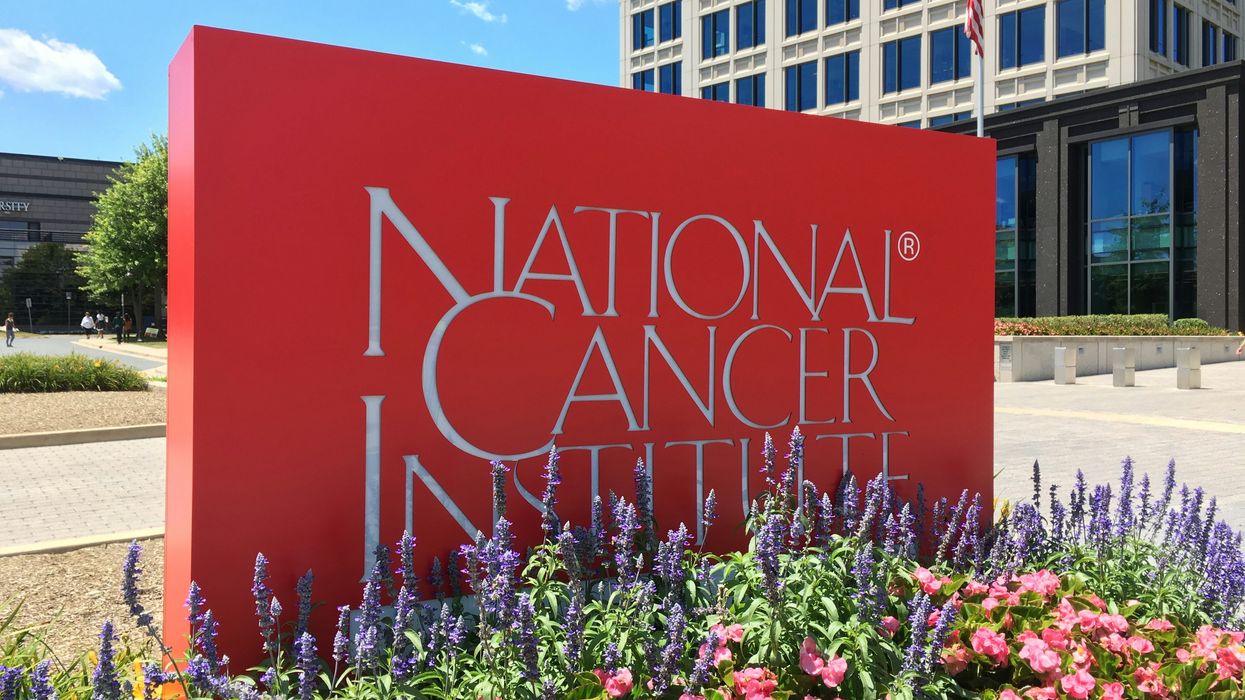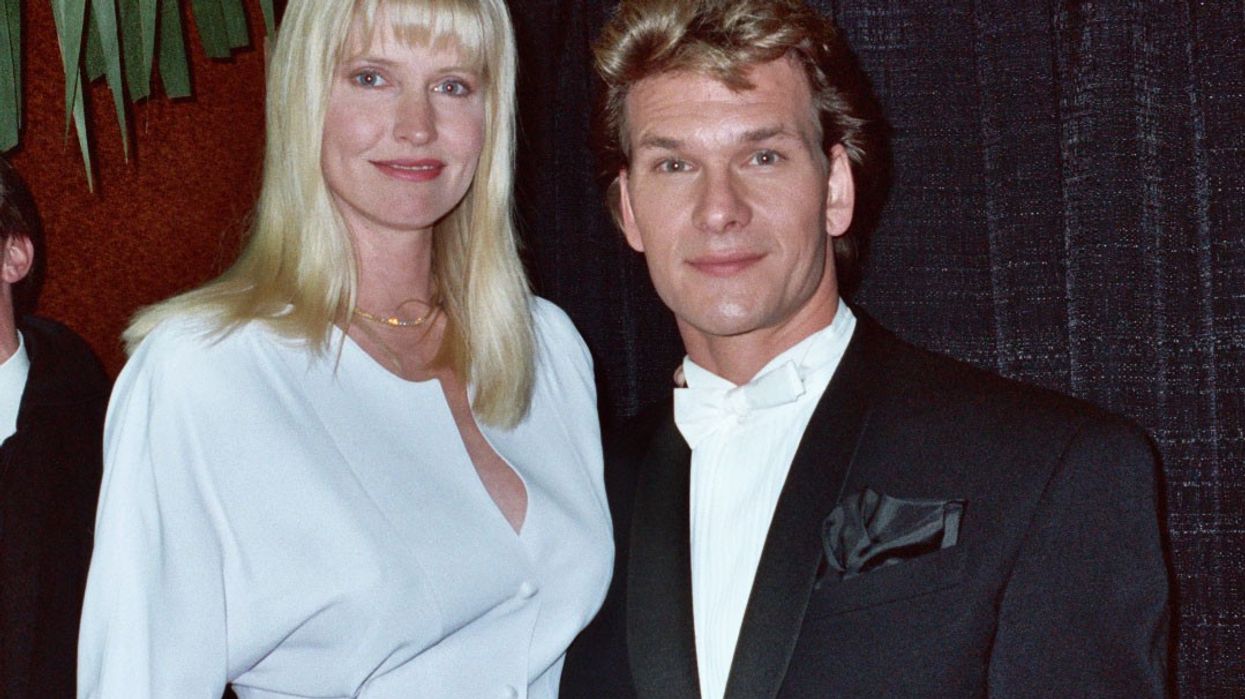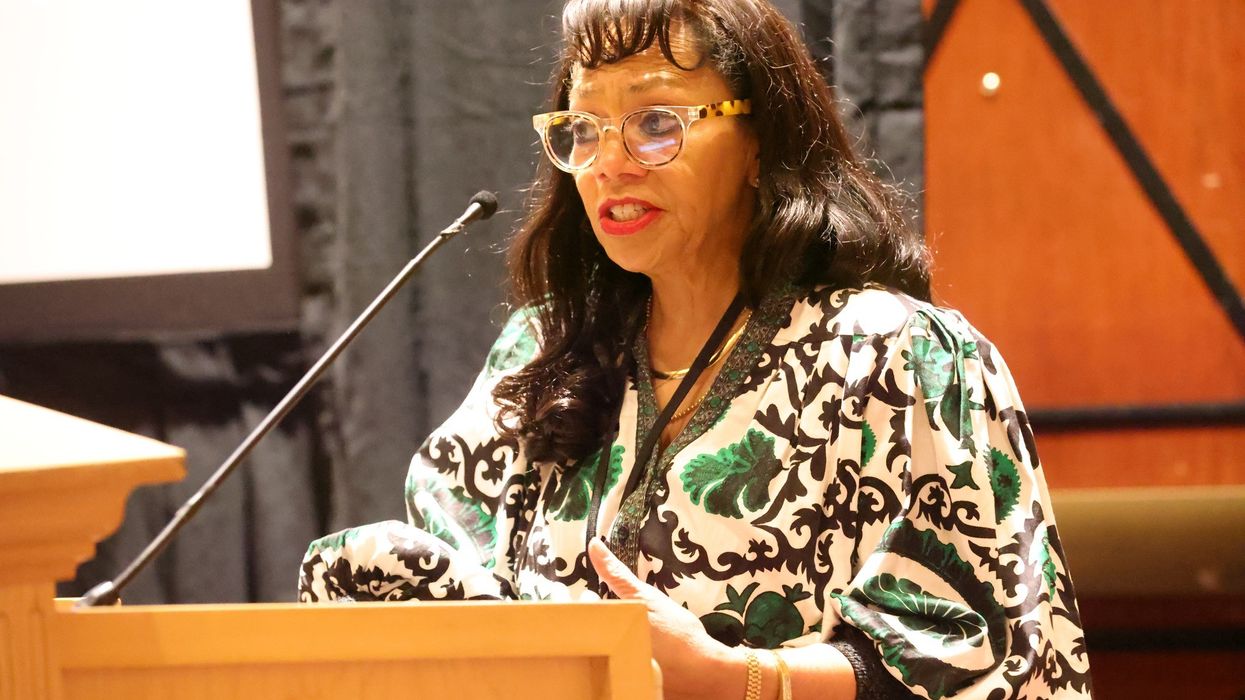The first rule of Crossfit is always talk about Crossfit. We all know that person that spends their entire day either in the gym, or talking about going to the gym. Do all those workouts really help? High-intensity exercise (HIE) has long been promoted as an effective way to burn calories and lose weight. However, emerging research suggests that for some individuals, engaging in high-intensity workouts may actually lead to weight gain rather than weight loss. This paradoxical effect can be attributed to a variety of physiological, hormonal, and behavioral responses to intense physical activity.
The Role of Appetite and Caloric Compensation
One of the primary reasons high-intensity exercise may contribute to weight gain is the body’s compensatory increase in appetite. Studies have shown that intense workouts can elevate levels of ghrelin, the hormone responsible for stimulating hunger (Blundell et al., 2015). This can lead to increased caloric intake post-exercise, often surpassing the calories burned during the workout (Melzer et al., 2020).
Additionally, individuals engaging in high-intensity exercise may experience a psychological reward response, leading them to consume more food as a justification for their strenuous effort. This phenomenon, known as caloric compensation, has been observed in numerous studies evaluating post-exercise eating behaviors (Schubert et al., 2013).
Cortisol and Stress-Induced Weight Retention
Another factor contributing to weight gain from high-intensity exercise is the body's stress response. High-intensity workouts can lead to elevated cortisol levels, a hormone linked to increased fat storage, particularly in the abdominal region (Hackney, 2006). Chronic elevation of cortisol due to excessive exercise can promote fat retention rather than fat loss, counteracting the intended benefits of the workout.
Muscle Gain and Water Retention
While many individuals engage in high-intensity workouts to lose fat, these exercises can also lead to muscle hypertrophy. Strength-based high-intensity workouts, such as high-intensity interval training (HIIT) and weightlifting, can promote muscle growth, which may result in overall weight gain despite fat loss (Schoenfeld, 2010).
Moreover, high-intensity exercise can cause temporary water retention due to muscle inflammation and glycogen replenishment. For every gram of glycogen stored in the muscles, the body retains approximately 3 grams of water, potentially leading to an increase in weight post-exercise (Burke et al., 2017).
Behavioral and Psychological Factors
High-intensity workouts can also lead to behavioral changes that contribute to weight gain. Many individuals experience a decline in non-exercise activity thermogenesis (NEAT) after engaging in intense workouts, leading them to move less throughout the day (Levine, 2002). This reduction in spontaneous physical activity can counteract the caloric expenditure of the workout.
Additionally, the psychological perception of working out intensely may create a false sense of accomplishment, leading individuals to overestimate their caloric burn and indulge in higher-calorie foods post-exercise (King et al., 2008).
While high-intensity exercise offers numerous health benefits, including improved cardiovascular health and increased strength, it may not always result in weight loss. Appetite stimulation, hormonal responses, muscle gain, water retention, and behavioral changes can all contribute to weight gain despite rigorous exercise routines. Understanding these factors can help individuals tailor their fitness and nutrition strategies to achieve their desired outcomes. There is more to it than talking about Crossfit.
References
- Blundell, J. E., et al. (2015). "Appetite control and energy balance: impact of exercise." Obesity Reviews, 16(Suppl 1), 67-76.
- Burke, L. M., et al. (2017). "Carbohydrates for training and competition." Journal of Sports Sciences, 35(7), 696-703.
- Hackney, A. C. (2006). "Stress and the neuroendocrine system: the role of exercise as a stressor and modifier of stress." Expert Review of Endocrinology & Metabolism, 1(6), 783-792.
- King, N. A., et al. (2008). "Exercise, appetite and weight control: are there differences between men and women?" International Journal of Obesity, 32(8), 1337-1344.
- Levine, J. A. (2002). "Non-exercise activity thermogenesis (NEAT)." Best Practice & Research Clinical Endocrinology & Metabolism, 16(4), 679-702.
- Melzer, K., et al. (2020). "The impact of physical activity on energy balance." European Journal of Clinical Nutrition, 74(11), 1491-1500.
- Schoenfeld, B. J. (2010). "The mechanisms of muscle hypertrophy and their application to resistance training." Journal of Strength and Conditioning Research, 24(10), 2857-2872.
- Schubert, M. M., et al. (2013). "Acute exercise and subsequent energy intake: a meta-analysis." Appetite, 63, 92-104.









 Karla Mingo believes that her greatest gift as a cancer survivor is the ability to live with gratitude and thankfulness.
Karla Mingo believes that her greatest gift as a cancer survivor is the ability to live with gratitude and thankfulness.




 Dr. Cary S. Kaufman teaches the "Essentials of Oncoplastic Surgery" course through the National Consortium of Breast Centers, providing breast surgeons around the world with advanced techniques for optimal breast surgery outcomes.
Dr. Cary S. Kaufman teaches the "Essentials of Oncoplastic Surgery" course through the National Consortium of Breast Centers, providing breast surgeons around the world with advanced techniques for optimal breast surgery outcomes.